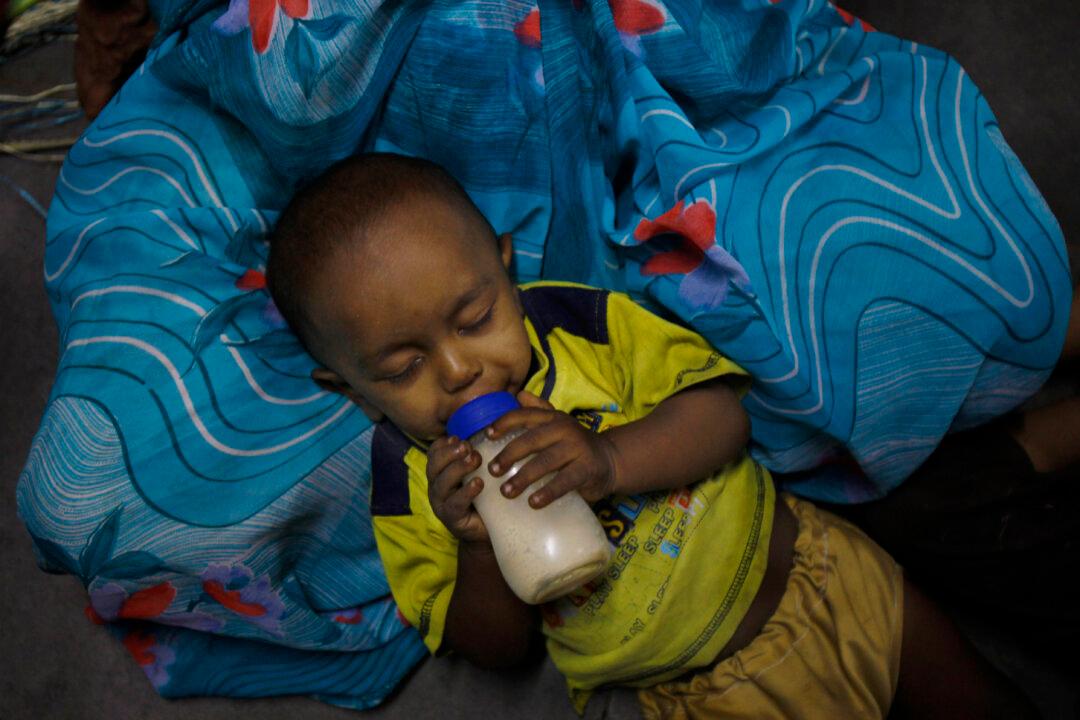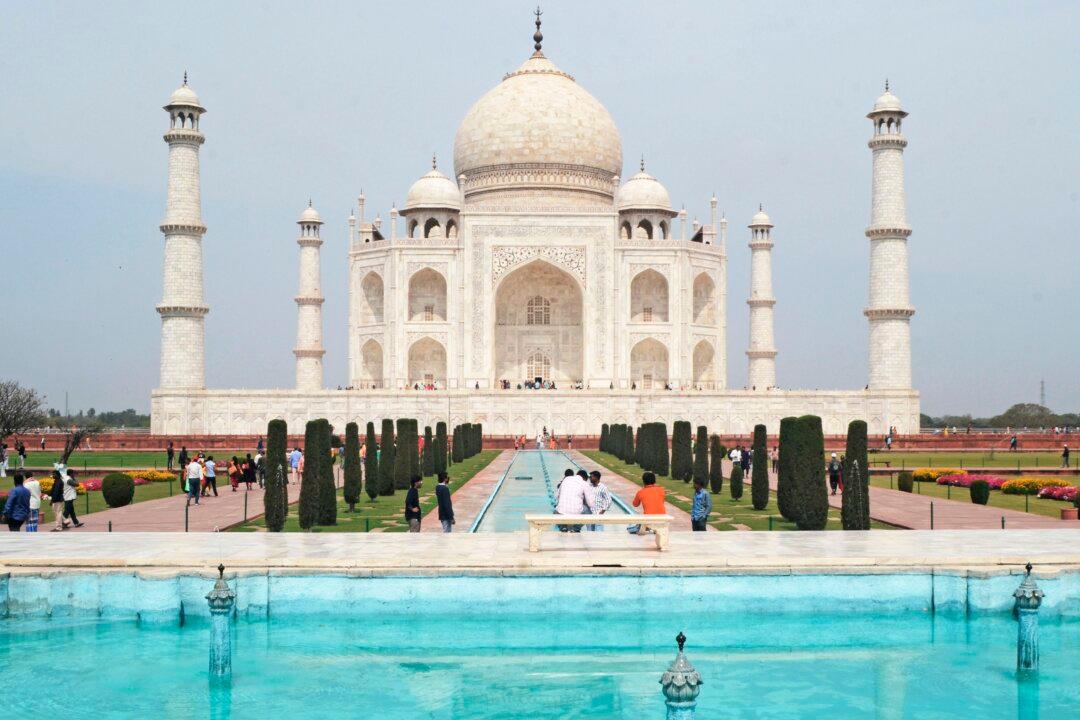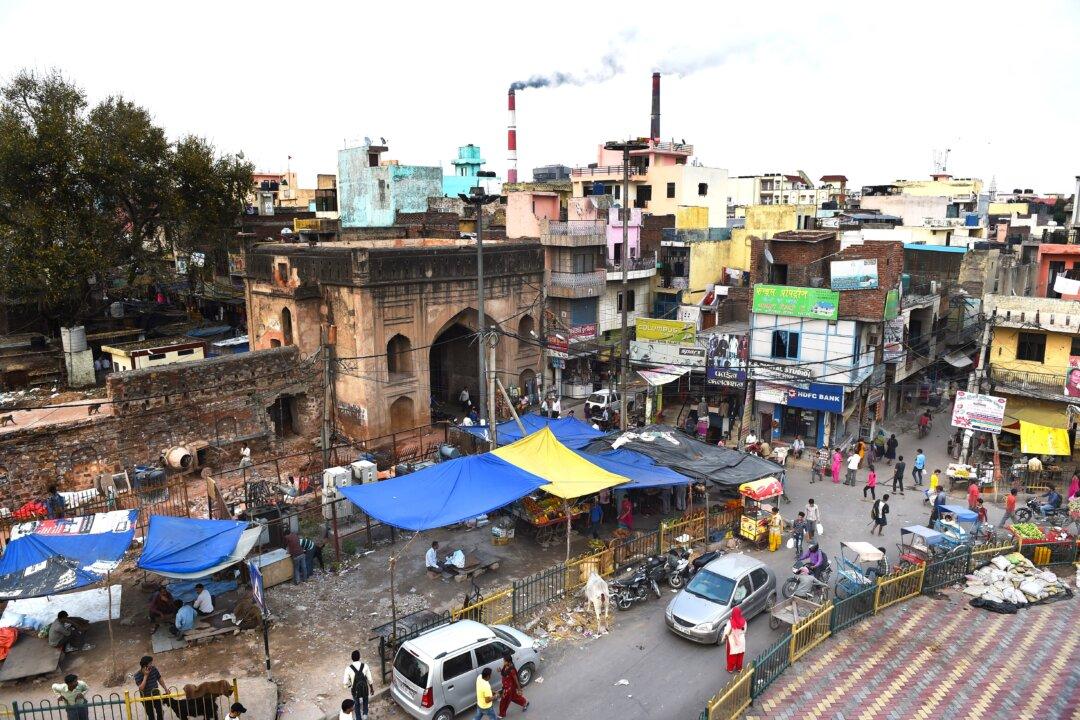JAIPUR, India—The government of Prime Minister Narendra Modi is coming under fire from various quarters over India slipping to near the bottom of the Global Hunger Index in 2021, despite having huge food stocks.
India ranks 101st out of the 116 countries in the 2021 Global Hunger Index (GHI) report, which puts the second-most-populous nation behind its neighbors Sri Lanka, Nepal, Bangladesh, and Pakistan. In 2020, it was No. 94.



